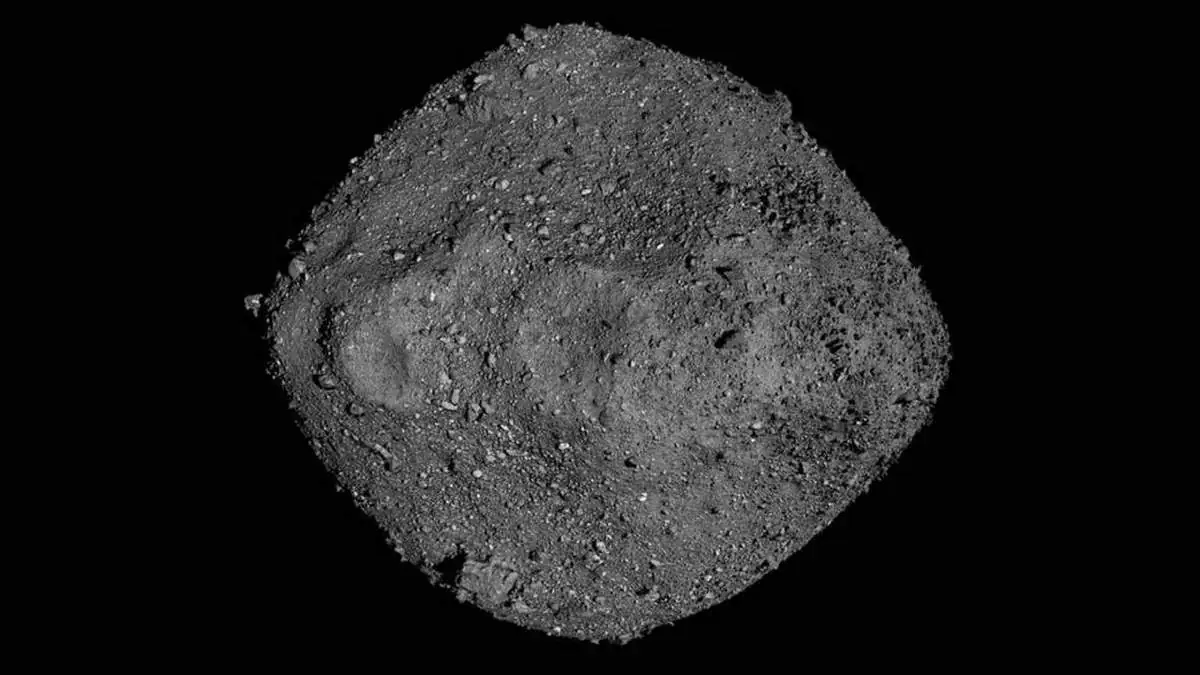
NASA’s OSIRIS-REx mission landed on Bennu asteroid in October 2020 to collect a valuable sample for delivery to Earth. The researchers say the data could be relevant for a possible future deflection mission if the 500m-wide Bennu asteroid ever threatens to collide with the planet.
“We expected the surface to be pretty rigid, kind of like if you touch down on a gravel pile: a little bit of dust flying away and a few particles jumping up,” Dante Lauretta, a planetary scientist at the University of Arizona and principal investigator of the OSIRIS-REx mission. “But as we were bringing back the images after the event, we were stunned,” he continued. “We saw a giant wall of debris flying away from the sample side. For spacecraft operators, it was really frightening.”
The effects of the collision were so unexpected that Lauretta advocated for a spacecraft to revisit the area to find out what happened. Six months after collecting the samples, in April 2021, researchers got another look at the OSIRIS-REx landing site. When the spacecraft first arrived at Bennu, the site, called Nightingale, was inside a 20m-wide impact crater. After landing, scientists discovered a new, gaping 8m-wide opening on the surface, with displaced debris and boulders scattered around. Its surface was soft, “fluffy” and flowed like a liquid.
The probe plunged to a depth of 70 cm, discovering pristine material that, unlike the surface of the asteroid, was not changed by the constant influence of cosmic rays and the solar wind – streams of high-energy particles from the Sun.
According to Lauretta, based on the measurements taken during the return visit, the team calculated that the density of the surface material is only 500-700 kg per cubic meter. For comparison, “typical earth rock” has a density about six times higher – about 3000 kg per cubic meter.
A second study, based on the measurement of the forces acting on the probe during the collision, confirmed these figures.
“The [surface] boulders are very porous and there is a lot of void space between them,” told Kevin Walsh, a geologist at the Southwest Research Institute in Colorado and lead author of the second study. “We expected that small, fine grains and dust would stick to the large boulders and fill the void space and act as a glue to provide some strength, which would allow the surface to push back against the spacecraft more. But it’s not there.”
Bennu’s soft, “fluffy” nature could complicate possible future deflection attempts if astronomers decide the rock can hit the Earth. At its width, the impact of Bennu could lead to the destruction of an entire continent on our planet. And while NASA estimates the probability of a collision between the years 2175 and 2199 as 1 in 2700, Bennu remains one of the most dangerous asteroids known at this time.
You can also help Ukraine fight with Russian occupants via Savelife or via an official page of the National Bank of Ukraine.
Subscribe to our pages in Twitter and Facebook.
Read also:
Leave a Reply